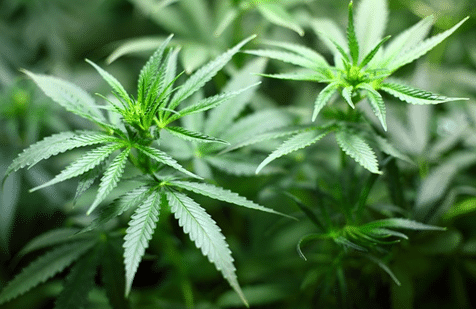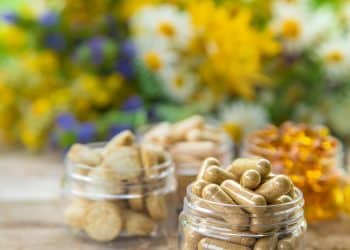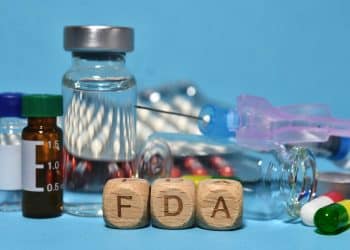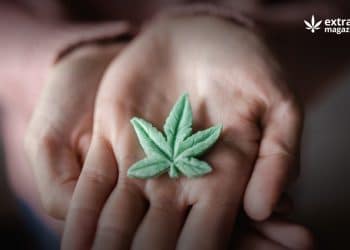- How an unregulated system is overburdening testing labs and undermining the confidence of the consumer.
Let’s pretend that time moves in reverse.
A bite of whole wheat bread, lettuce, tomato, and bacon falls out of your mouth and reattaches to the sandwich in your hand. More quickly the bread zips back to the bakery, the bacon grows into a pig, the tomato goes from red to green on the vine. Let’s focus on the lettuce as it is shipped backwards to where it falls into the calloused hands of the old man placing it back into the dirt where it will grow.
Now the man walks backward to the bathroom where he improperly washes his hands before sitting on the toilet to un-do his duty.
This is why we are recommended to wash our fruits and vegetables before we eat them; they may not be clean and we wouldn’t know if they weren’t.
A similar problem is presenting itself in the cannabis industry.
Figure 1 Are you sure your cannabis is clean?
Cannabis testing has come a long way, but, are cannabis products pesticide-free? It’s a more difficult question to answer than are isolates better than whole flowers? [1]
Pesticides are difficult to test for, but there’s a compounding problem: their current regulation in the cannabis industry makes it even more difficult to test for them. [2]
Some states don’t provide an easily-accessible list of certified reference materials (CRMs) to analyze pesticides in cannabis. Since labs without these materials don’t know which pesticides to test for, there are instances where they may need to test for hundreds of different types.
For labs with limited pesticide testing analysis, it is difficult for them to meet the current quality-control standards because Cannabis has an incredibly complex compound structure. With such a diverse profile of cannabinoids, terpenes, and sugars–as well as its waxy and pigmented nature–it’s often times difficult to detect trace amounts of pesticides.
The cannabis community now needs to agree on what pesticides should be allowed, provide testing labs with easy-to-access CRMs, and ensure that they are up to standards to meet the rigorous nature of testing for potentially noxious chemicals–pesticides.
A guarantee of safety and quality-control standards is what allows consumers to have a high confidence in the products they purchase. If the cannabis industry is to survive, that confidence should be fostered through a transparent and high-standard pesticide testing process.
Do you take pesticides seriously as a cannabis user? Let us know what you think about regulating the testing process in the comments!
Sources
- “Are Isolates Better Than Whole Flower Products?” Accessed June 21, 2018. https://extractionmagazine.com/category/applied-technology/isolates-versus-cannabis-flower/
- “Trends in Cannabis Analysis.” Accessed June 21, 2018. http://www.cannabissciencetech.com/analytical-methods/trends-cannabis-analysis













